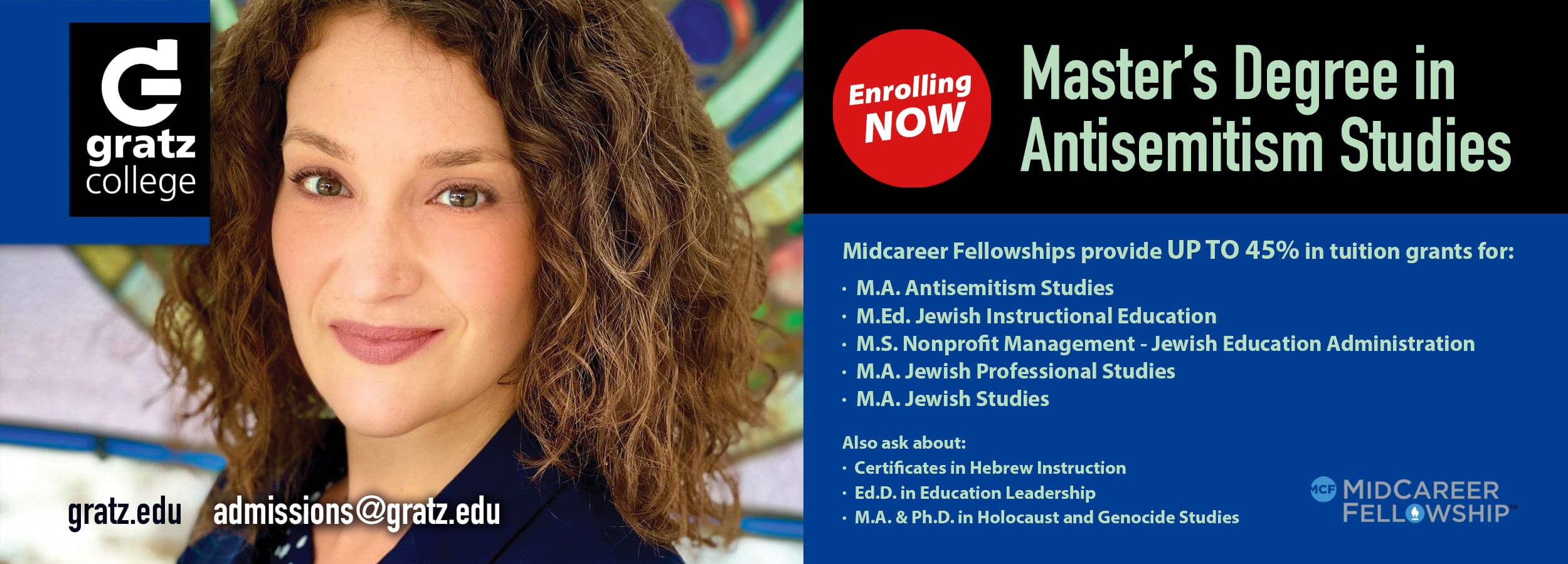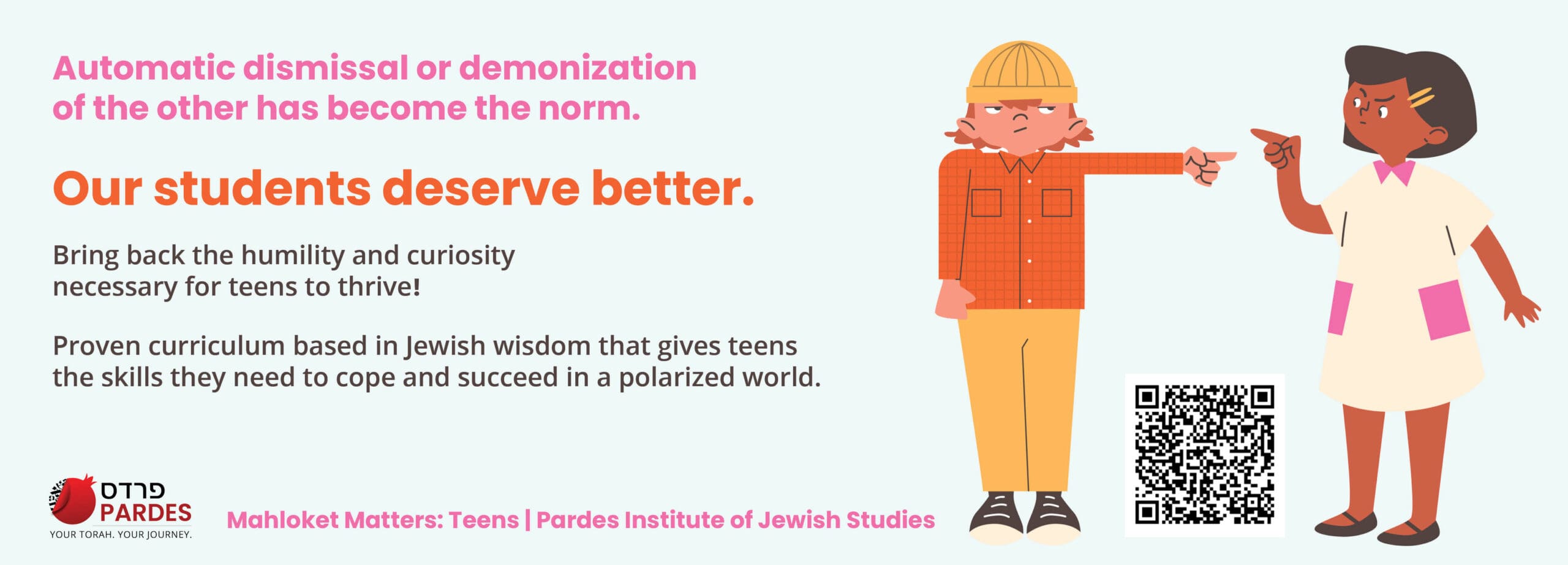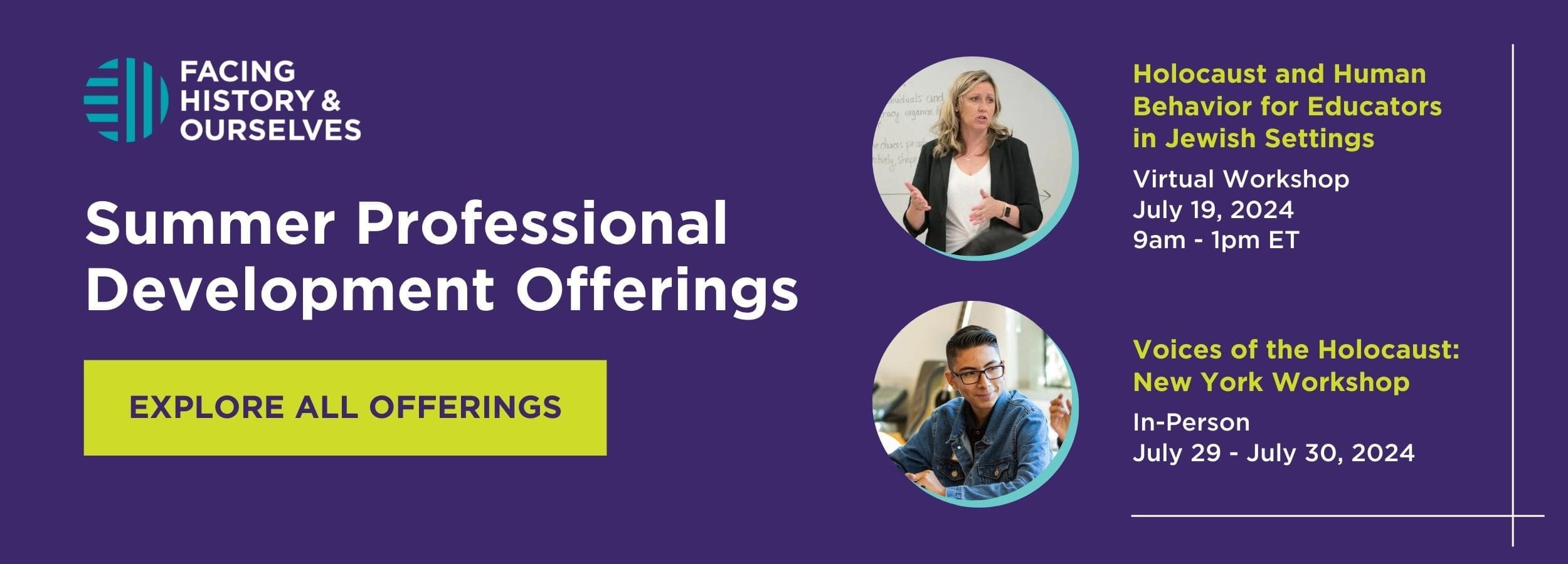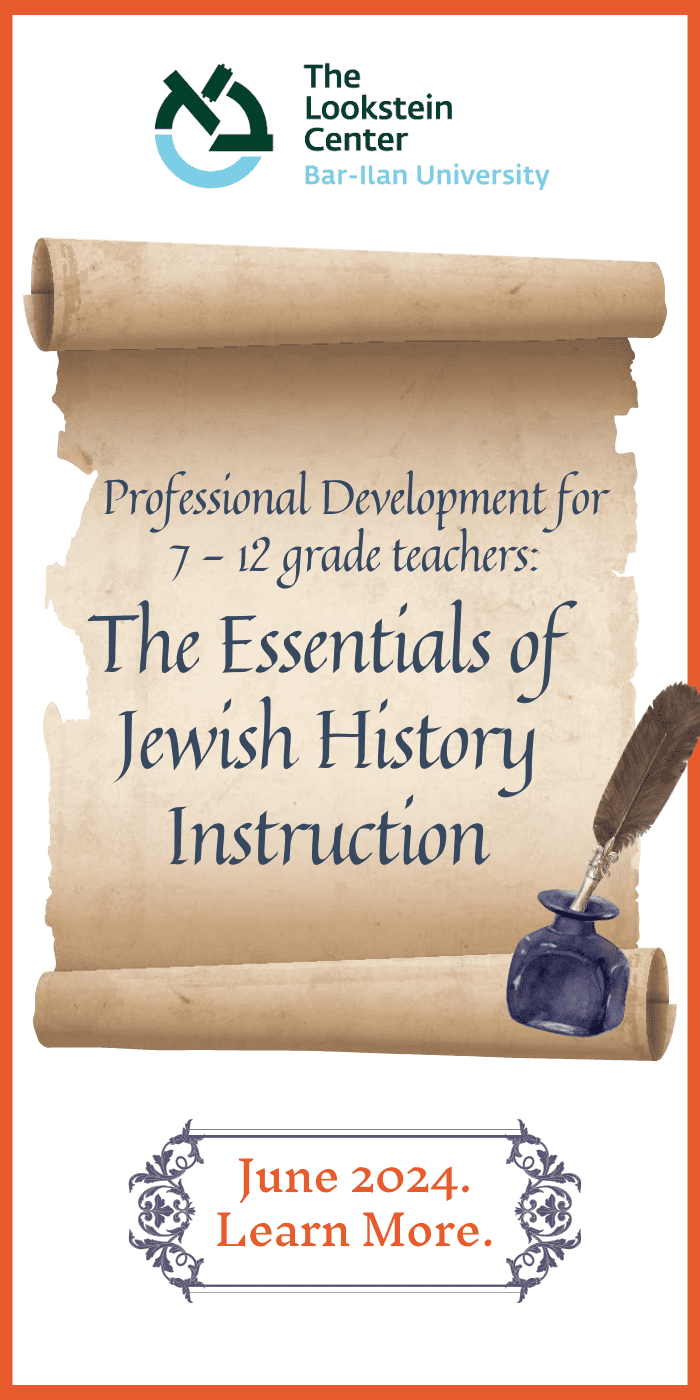Embracing Diversity, Building a Stronger Jewish Future: an Interview with Nicole Nash
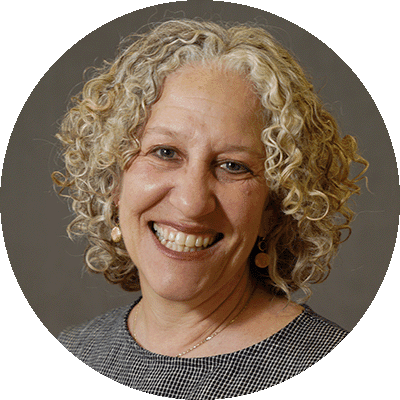
Nicole Nash is Head of School at Hannah Senesh Community Day School in Brooklyn and a mentor in the Day School Leadership Training Institute, a leadership program for new and aspiring Jewish day school heads. Nicole earned a B.A. from the University of Rochester, a Master of Science in Education from Bank Street College of Education, and studied at the Principals’ Center of Harvard Graduate School of Education. Nicole is a 2023 recipient of the Covenant Award.
Jewish Educational Leadership: To what extent do you see diversity as a challenge and to what extent do you see diversity as an opportunity?
Nicole Nash: I’m going to start with opportunity because, to me, the opportunity outweighs any challenges. I’ve been in the field for a long time, and when you work in Jewish education, you meet so many children, parents, faculty, staff, and community members. I’ve had the privilege to see just how diverse the Jewish people are. When we are at our best, our diversity can be a real source of strength and celebration of Jewish peoplehood. When I say diversity, I think about it across ethnicity, race and nationality, Jewish identity and practice, interfaith family composition, sexual orientation, gender identity, life experience, socioeconomic status, worldviews—the list goes on and on.
Sometimes we are tempted to put people in boxes, but individuals are more complicated—we all hold multiple identities. If we embrace the rich mosaic of Jewish life and the diversity within our Jewish community, we’ll see our connections multiply and build a much stronger Jewish future. In addition to that, by lifting up diversity we’re modeling, teaching, and leading with Jewish values such as building empathy, promoting tolerance, and valuing difference. This enables us to empower our students to be agents of change in the world. It’s a tremendous opportunity.
There are also challenges. When you start talking about identity, people are passionate—it is a deeply personal conversation. When you start to lift up one identity, others can feel excluded, and that’s when people start to put up barriers or even feel resistance. I find sometimes it can be a challenge to help people realize that if we’re talking about one identity, it’s not because there isn’t room for others. The Jewish tent is really big and there’s room for all of us.
Can you offer a concrete example of this?
Senesh (Brooklyn, NY), where I am Head of School, is a really diverse community. We have Israelis, Russians, multifaith families, LGBTQ+ families, families that speak many different languages at home, and more. One area that we’ve been diving deeper into is thinking more about Jewish families of Color—what does engagement of that community mean, what can that look like, and what are the possibilities? When we start to have those conversations, we could have somebody who suddenly feels like they are being overlooked. “What about us? My identity matters, too!” Everyone needs to be reassured that they still belong and that being welcoming doesn’t mean we are ignoring other identity groups. No one has to be marginalized or seen as less important as we broaden our tent even further. We’re missing the boat if somebody starts to feel excluded.
It sounds like this is one of the core values in your school. How is this communicated internally to the parents, to students, and to teachers? Is there an onboarding process for teachers?
When I think about diversity, I think about it holistically—it needs to be embedded and integrated into everything you’re doing. It begins with your school’s mission and values. That’s the foundation that should guide everything you do in your school. It informs how you create your policies, your priorities, your programs, decision-making, etc. If you are going to take diversity seriously then that needs to be clearly articulated on your school website, in your statements, policies, etc.. If not, then there will be a disconnect and a lot of unnecessary stumbling blocks. In our school, in addition to having a mission and a set of core values, we took the extra step of writing a diversity statement so that we could be really transparent with everyone. This was so important because ultimately, whenever there are questions about what you’re doing and prioritizing—like curriculum, programs, budgetary decisions—you can reference those shared statements so that everyone knows what is guiding your decisions.
When onboarding staff we share and reflect together on our school’s mission, values, and diversity statement and how we can live that in our specific roles. At Senesh, “shayachut” or “belonging” is one of our core values. I always say that in addition to your marketing materials, your budget tells a big story about what you value and what your school’s mission is. I think that you would see our commitment to belonging reflected in our budget, hiring practices, handbooks, communications, admissions policies, curriculum, and programs, and in how we engage the community at large.
As I mentioned, for the past five years or so, we’ve been very intentional about the engagement of Jewish families of Color in our community. Identities are complex and multifaceted, for example, you can be an Israeli and also a part of a multifaith family. The same is true with Jews of Color who also hold multiple identities. We are focused on looking at what we are doing more holistically—or more importantly, what we are not doing and need to change—in terms of engaging Jewish families of Color. We did this because we felt this was an area in which we had room for growth. We started with professional learning; we created an advisory council of Jewish professionals who identify as Jews of Color to partner with us. We revisited our curriculum and our program development, surveyed all our marketing materials, looked at who our partners are in the community and who are not, and asked how we make the necessary changes. This became reflected in our budget, including an admissions grant and enrollment recruitment efforts—because it’s important to put your money where your mouth is. We even launched a camp, Camp Kulam, which is a multicultural mini-camp that centers on Jews of Color. What we mean by that is we’ve committed to half of our campers identifying as Jews of Color. We committed to having all of our staff be Jews of Color because it’s important that all our kids see Jews of Color in public positions. We are trying to address a real gap in the Jewish community; it’s imperative for kids to see themselves in a space. Growing the numbers of Jews of Color in our community, especially in leadership capacities, can have a significant impact. That’s just an example of one shift we made with intention. And this holistic approach makes it crystal clear to parents and staff who we are and what we stand for.
Do you have limits in your tent? What would you do if a prospective parent said that they loved the education your school provides but that their kid is really very narrow-minded and probably not going to change?
No institution can be everything to everybody and still have a real mission and core values that it’s actively living. It can be a long and hard process, especially since there are a lot of stakeholders to engage, but an institution can only become the best version of itself if it is really clear about what it stands for. So, of course, there are limits, and they need to be really explicit. They need to be articulated through policies and procedures, by sharing our curriculum and programming goals in school newsletters and more. I think about it every time I speak publicly, whether it’s to my school’s parents, my faculty, or the broader community—I think about it every time we plan a program.
Here’s one example, and I’ll share with you the limits on both sides. When it comes to Jewish practice in our school, all genders participate in religious rituals. That’s who we are, it’s a principle we founded this school on, and we’re really clear about that. That applies to reading the Torah, leading tefilla, wearing head coverings, etc. There are families who are less comfortable with tefilla in school. That’s not negotiable for us. I will explain to parents how we engage in prayer through multiple diverse approaches and why I think it is a meaningful practice, but I will be firm that tefilla is part of our program and that their child will need to participate. On the other side, all genders learn to read Torah and lead all-gender tefilla with mixed seating. If that is not comfortable for a parent, then we may not be the right place for that family either. And it’s not because we don’t want to build bridges, but at a certain point, we have a clear mission of who we are, why we were founded, and what our purpose is. We can’t be everything to everybody.
The most difficult situation is when you don’t think that the school can meet a child’s needs. It’s our responsibility to make sure that we can serve the educational, social, and emotional needs of the children we’re bringing in. Larger schools have greater resources but smaller schools, like Senesh, are more limited and sometimes we have to be honest with ourselves, our faculty, and the family—it’s painful, but we can’t serve every Jewish child. We might want to, but just don’t have the capacity. So we’ll tell them what we can do and what we can’t, and what would need to be true for their child to find success at Senesh. Sometimes we need to partner with our families to find a school that can better serve their child. So these are also limits.
Is it ever difficult to instill Jewish passion within your students because of your embrace of diversity?
No, because I believe we are serving our students by ensuring they have a toolbox filled with the skills and knowledge to be able to listen, engage with, and embrace material that is new to them or is in contrast to their own beliefs, practices, and opinions. We want them to have Jewish literacy but we also want them to be truly connected with their identities as Jews through teaching them how to engage with text, tradition, and practice thoughtfully and critically. By showing our students how wide the tent of our people truly is—that there is no one way to be a Jew—we help ensure that they will always see themselves as having a place under its canopy. This critical awareness of their unique place within the rich mosaic of the Jewish people only deepens their sense of self and their ability to express themselves as they develop their voices.
In your opening comments, you mentioned gender identity and you’ve also spoken about LGBTQ+ families. Could you share how your school handles gender and family fluidity? What happens when there are students who are uncomfortable with it?
First of all, I think it goes back to our discussion of limits. We’re clear that we are not just inclusive of LGBTQ+ children, staff, and family members, but that they belong in our community. We build this sense of belonging with intention. We’re thinking about their experiences—are they seeing themselves in curriculum, in library books, in policies, in practice? We have students and faculty who are non-binary and gender-fluid. We have students, faculty, and families who are part of the LGBTQ+ community. We’ve done many professional development trainings, we’ve reworked and developed our middle school health classes, we’ve audited and changed our school libraries, and we’ve launched an LGBTQ+ parent affinity group and a Genders and Sexualities Alliance in the middle school. We have all-gender bathrooms and our athletic teams are inclusive of non-binary students. We are really thinking and acting with intentionality to foster belonging for LGBTQ+ families, and if someone isn’t comfortable with this reality, then this may not be the right school for them. There have been times when families have questions or express discomfort—mostly from a lack of experience or knowledge. At those times it’s incumbent upon the school—and on me—to open our doors for conversations. I will often ask, “What are you worried about?” and as we work through the conversation it’s usually not really about intolerance but about change and discomfort with things that are unfamiliar. After these conversations, families need to decide if this environment is the right one for them.
Internal domestic politics have become very divisive, fractious, and filled with passion. This could be related to COVID rules, national politics, etc. How do you lead in this kind of environment? How does the school handle the tensions emerging from positions that completely deny the legitimacy of the opposing views?
There is no doubt that over the past few years, the shift in the political climate and culture in this country has had an impact on schools—and Jewish schools are no exception. Senesh is no exception. It is something that has been deeply painful for me, especially as a school in which we promote the value of “elu v’elu” or “openness” and our students don’t see this modeled out in the world. I think you are right that outside the walls of our school, the country has become very divided, with lots of binary thinking and very little nuance. Despite that, or maybe even because of it, we’re still trying to teach that nuance to our kids because otherwise, we’d be doing a disservice to them and to the community. As an educational institution, it is not our job to come out with political stances, make political statements, and lead in that way. Our job is to ensure we’re educating students. So what does it mean to educate our students about what is going on in the world? We teach them to become deep listeners, to understand what makes a good news source, to be critical thinkers, to embrace complexity, and to engage in dialogue respectfully using the same model that we use in our classrooms.
Our teachers try to help students unpack what’s going on, formulate their own opinions, and even try to step in the shoes of others with different perspectives. Because ultimately, even if your opinion is going to change, the more you try to understand another side the more you are going to be grounded in what your own views are holistically. You’re going to come across wiser and more articulate and you might even learn new things in the process. When we’re siloed it’s difficult to see someone with a different opinion than yours as a full human being with a legitimate viewpoint. Both parties are people, and there’s nuance—there are lots of shades of gray—between the polar positions. Our students learn to disagree respectfully and elevate the discussion by treating the other person with humanity and dignity.
Is there anything else you want to share?
I would just go back to the opening question about opportunity, because, in my position, I’m able to see how many Jews are not walking into Jewish spaces because they feel like they don’t belong. Ultimately, over time, that’s a disservice to the Jewish future. I think it’s incumbent upon all of us to take some steps back and reflect, to remind ourselves that this is hard work. Progress isn’t linear, there are a lot of bumps—sometimes three steps forward and two steps back. But if we commit to this work, I think we’re going to build a really incredible, bright Jewish future. And our kids deserve that.



Reach 10,000 Jewish educational professionals. Advertise in the upcoming issue of Jewish Educational Leadership.
Do you want to write for Jewish Educational Leadership? See the Call for Papers for the upcoming issue.
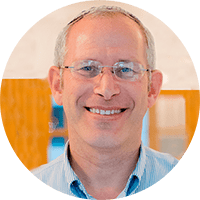

FROM THE EDITOR: SPRING 2024
In the 1970s, UJA’s rallying slogan was: “We are One.” Indeed, those were the days in which the Jewish community banded together over three core principles—commemoration of the Shoah, saving Soviet Jewry (and Syrian Jewry and Ethiopian Jewry), and Israel. The past fifty years have eroded each of those. People are tiring of the Shoah and are eager to move on from what Salo Baron termed the “lachrymose conception of Jewish history.” Soviet Jews left en masse in the 1990s with the fall of the Berlin Wall and the collapse of the Soviet Union, and Jews of Syria and Ethiopia have mostly migrated and resettled as well. And Israel, which is itself grappling with unparalleled polarization, no longer serves as a uniting factor for many North American Jews. All this leaves us, fifty years after the UJA banner, with a dramatic shift in punctuation:
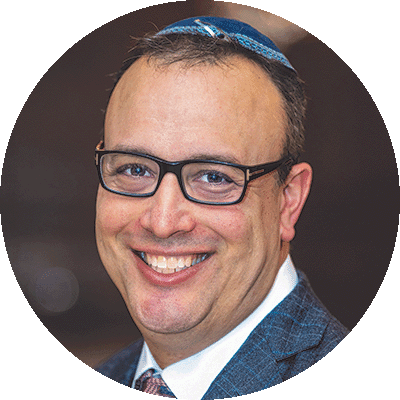

Accepting and Representing the Greater Jewish Community: an Interview with Jonathan Levy
We represent the Greater Toronto Jewish community, which means what we see in the Greater Toronto Jewish community is what we want to see here at our school. That can mean the whole range of diversity. It can be religious backgrounds, it can be a physical disability, it can be academic challenges. Of course, we do have limits in terms of what we can do and what we can’t do. We can’t be everything to everybody, but our goal is to be a diverse community that represents the Greater Toronto community. If you see it out there in the Toronto Jewish world, hopefully, you will see an element of that in our school as well,


Realities and Opportunities of Diversity in an Orthodox School: an Interview with Leonard Matanky
I see diversity as a reality. Because our schools have always been diverse, the question is, how diverse should our schools be? On the one hand, we can talk about tribes, every tribe had its own personality, and those personalities didn’t always mesh so beautifully, like the way that Yissakhar and Zevulun are often presented. So, I see diversity as something that has always been present. I think the one challenge we have, when it comes to the question of diversity is the very same kinds of things that Jonathan Haidt talks about when he talks about the moral foundations theory and how we view that diversity within a religious institution. And so, our school has always been a diverse
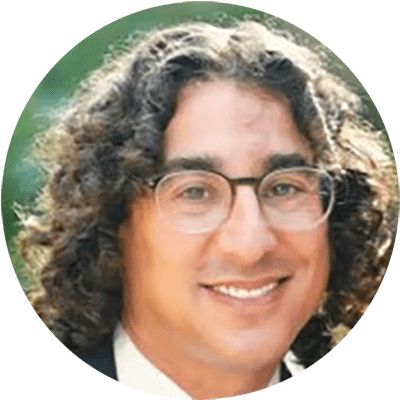

Aspiring to Expand our Circle of Inclusion: an Interview With Jon Mitzmacher
The opportunity is to ensure that our students come through their experience with an opportunity to learn about and learn with those who may be different than themselves, different across a variety of categories, whether it’s socio-economic, whether it’s learning differences, whether it’s with ideological differences, the value is in experiencing themselves as part of a diverse kehilla. The challenges, I would say, are divided into two broad categories. Most of the kinds of diversities that are challenging for schools boil down to economics;
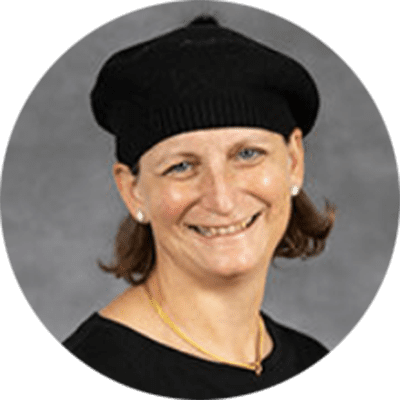

Cultivating Individuality and Cultivating Belonging: an Interview with CB Neugroschl
Diversity is both a deeply meaningful value and also a pop language word that means many different things to different people. When I was a Jewish philosophy teacher, diversity in our curriculum was about the relationship between Jews and non-Jews and about how we understand Hashem’s mission for both. When I speak about diversity today here in Teaneck, I recognize that we are talking about a very tiny slice of the diversity pie. The reality is that we are an all-girls Orthodox high school serving a fairly homogenous community. Of course, there are going to be nuanced differences, but the bottom line is that all those differences are within a fairly narrow band on the spectrum. So, here’s some background on where diversity is important in our context.
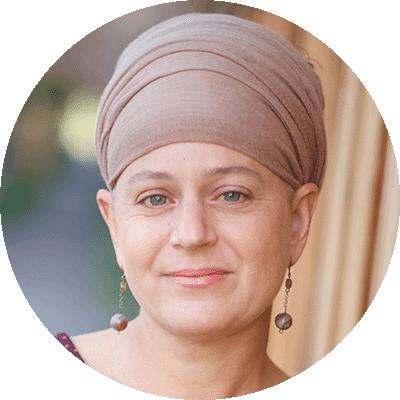

Ahavat Yisrael in a Small Jewish Community: an Interview with Tania Schweig
We’re a small community and our school has about 165 students. We’re quite stable in our enrollment and there are those who come and go because of the university. I feel like there’s a tremendous importance in small communities like ours and also a tremendous gift in these small communities. And I think our community has this special quality of ahavat Yisrael (love for our fellow Jewish people). I think that it’s important to say this because it is connected to the work of diversity. I really appreciate—like genuinely love—diversity. I like being in a place where it’s safe to be all kinds of things; it mirrors my own path. When I was in Pardes in Israel, I got to choose my path, I didn’t want to be in a box measuring up to someone else’s standards. For example, I wanted to be the person who’s becoming observant yet who is also asking questions about feminism.
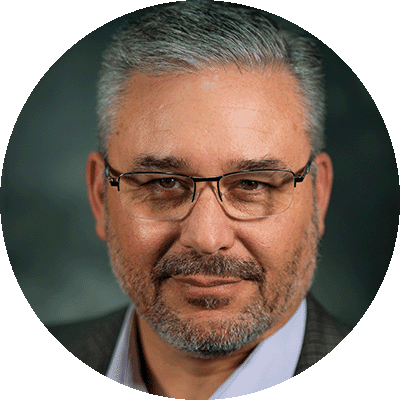

Diversity, Kindness, and Developing A+ Human Beings: an Interview with Mark Shpall
I try not to see it as a challenge. I really do see it as an opportunity because our students will continue to grow and go off to college, where they are going to be exposed to the real world, working with and interacting with people of all different backgrounds, ethnicities, learning abilities, appearances, etc. So we have the opportunity here to start or continue to process being open to that. We really try to do that from day one. In fact, we start school a week from today, but we are doing our retreats for our ninth and tenth graders starting now. Those retreats are all about the process of students opening themselves up to others in different ways and in different formats. We talk to our students about our core values, we want to talk about them so often that they start rolling their eyes at us because
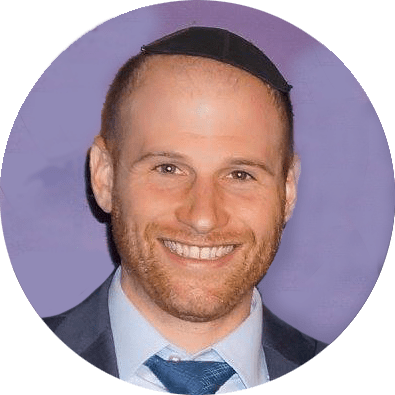

Compromise for the Sake of Community: an Interview with Sam Weinberg
I think that it’s important to remind ourselves that our diversity is defined in fairly narrow terms. We like to say that we are diverse, and that means that we span from traditional Conservative to right-wing Orthodox. Within that range, we like to celebrate our diversity, and that means that we can all learn from each other. That can be a challenge, since some in our community are very cautious about, if not openly hostile to, the idea of learning from those outside of their own group. It wasn’t always this way; I see more separatist trends developing in the last ten years, meaning that at least one segment of our population is growing increasingly insular. The community in general has become much more polarized, and some people only want to be with others who look and think like them.


